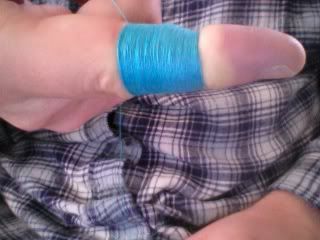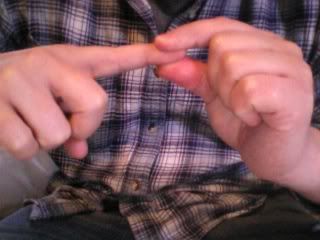jemtheflute wrote:
Terry, I know I am still confused by this - any chance of asking your physics guru to look at this thread and contribute (first hand) a full, exampled explanation/working, rather than just the bald formula? I sympathise with George to the extent that I am not convinced anyone has yet completely, demonstrably correctly, fully and convincingly interpreted and used it, at least, not so as us Maths/Physics dunces can properly and clearly understand.
I'll see what I can do, Jem. I don't like bothering Neville more than I have to, for obvious reasons.
But, BUT, PLEASE, can the professional exemplar and exposition be done with a realistic estimate of working thread tension, NOT with the breaking strain?
Then we argue what is a realistic estimate! The good thing about the breaking strain is that it is definable. It also has relevance in my 'immoveable object' theory. But, it doesn't really matter. Since the force applied on the tenon will be directly proportional to the tension in the thread, I can start with breaking strain, and anyone can scale it down to what they think is reasonable.
If he could also be bothered to examine each hitherto offered interpretation/calculation and explain why each is right or wrong, that would be a bonus, but maybe a big ask. At present we just have contrary accusations that opposing parties are "wrong" (and implications of wrong-headedness), unelucidated by simply telling each other there is error/misconception without sufficient or final explanation/demonstration of that alleged error; and no referee! Simply referring back to the formula, over which there is clearly a conflict of conceptualisation (which I at least cannot reach a conclusion about) does not achieve a resolution. That is just like the bad, old-fashioned Maths & Science teaching in schools that used to (maybe still does) put so many otherwise intelligent folk off the subjects!
That would definitely be too big of an ask. Although Neville has well passed retirement age, he maintains an office at the ANU and continues his work in a number of areas of physics. But hopefully, if I can clarify what he means, perhaps with a fully worked example, that will suffice.
Terry



